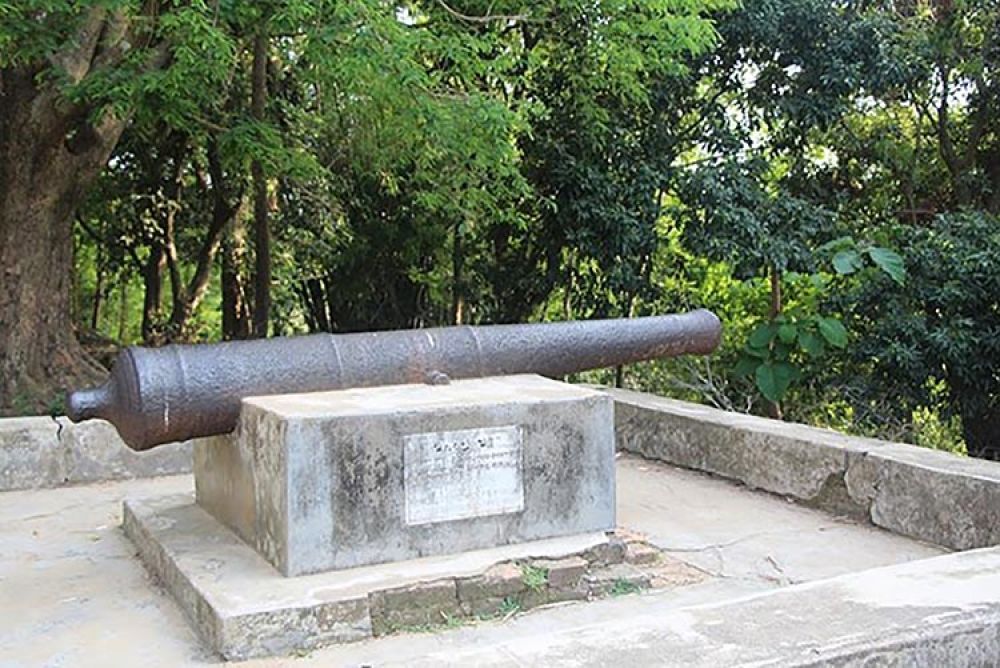

A historical edifice nestled in the heartland of the Rangamati Hill District, the Chakma Rajbari is not just a palace but a beacon of cultural significance and architectural marvel for the Chakma people. The Rajbari, standing tall as a testimony of the Chakma rulers, offers tourists a glimpse into the royal past and tribal culture of Bangladesh.
Though Rangamati's history as a tourist destination is not ancient, it was in the early 1970s that the region began to gain recognition following the construction of the Kaptai Dam and the subsequent creation of Bangladesh's largest man-made lake, the Kaptai Lake. This development sparked an influx of visitors drawn to the picturesque landscapes and the unique cultural tapestry of the district.
The Chakma Rajbari has played a significant role in Rangamati's tourism ever since, intriguing domestic and international visitors with its history and heritage. Despite the rise of modern tourism trends, the Rajbari remains an enduring attraction, symbolizing the resilience and rich traditions of the Chakma Kingdom.
Originally the abode of the Chakma kings, the palace has evolved over the years. The establishment of Bangladesh and changes in governance saw the Chakma Rajbari transitioning from a royal residence to a public heritage site. While the lineage of Chakma kings may not rule in the political sense, their legacy and influence are palpable throughout Rangamati and the Rajbari itself.
In recent years, the push towards eco-tourism and cultural heritage preservation has further bolstered interest in areas like Rangamati. Tourists are increasingly searching for experiences that offer more than just visual delight; they seek to understand the history, engage with the local community, and participate in environmentally sustainable practices. The Chakma Rajbari, as a historic site, is perfectly positioned within this trend, providing visitors a chance to explore the royal Chakma traditions against the backdrop of the breathtaking hills and lakes of Rangamati.
Furthermore, the development of improved transportation facilities and accommodation options in Rangamati has made the Chakma Rajbari more accessible to a broader audience. It has also led to an array of associated activities like cultural festivals, tribal craft markets, and local culinary experiences, which enrich the tourist's journey.
When visiting the Chakma Rajbari, tourists can expect to delve into a multifaceted experience. The royal palace, although primarily serving as a historical landmark, also operates as a cultural center where visitors can engage with the Chakma community's ongoing efforts to preserve their traditions and promote cultural understanding.
As tourism continues to be an integral part of Rangamati's economy, the Chakma Rajbari stands as an enduring icon of heritage and pride for the Chakma people, inviting the world to partake in its longstanding grandeur and continuing story.